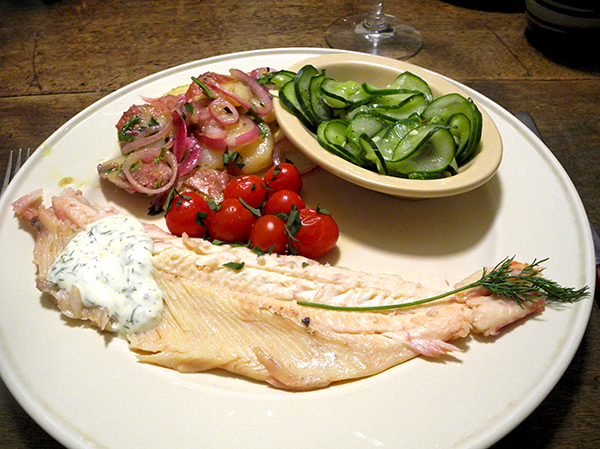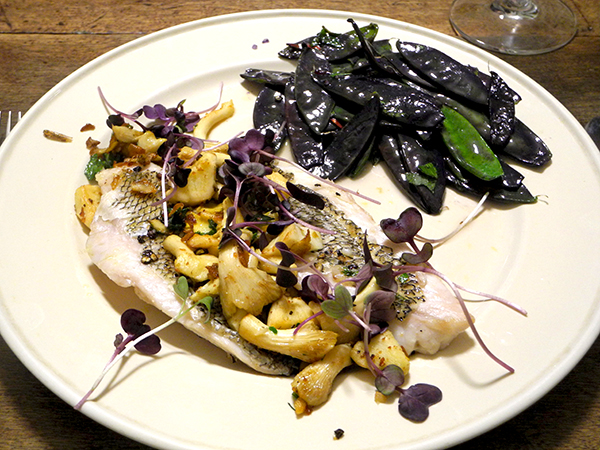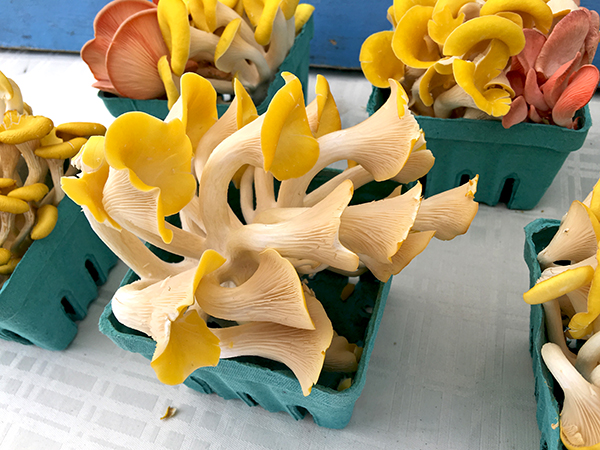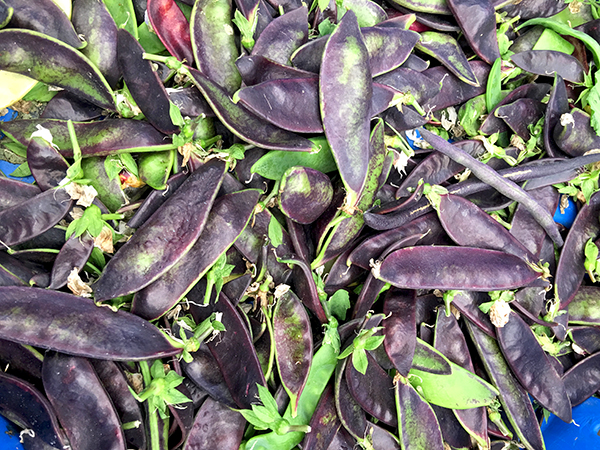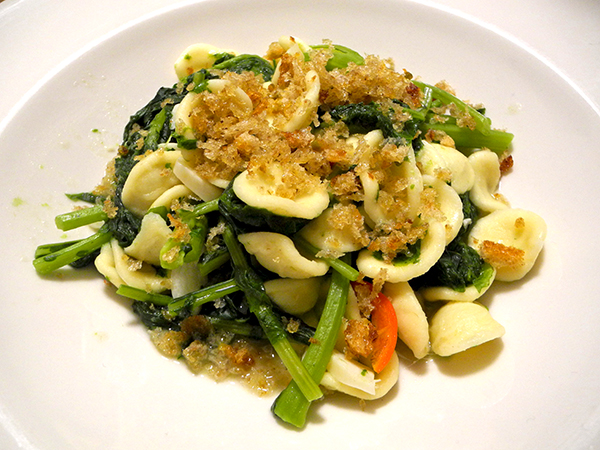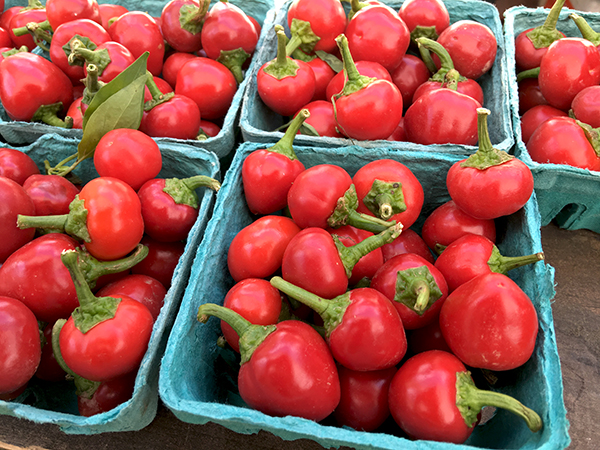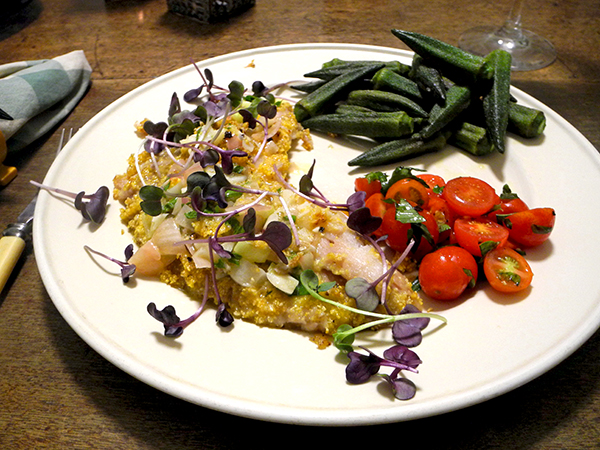
I know that the pleasure of eating octopus, to say nothing of an interest in preparing it, isn’t something many people share with me, but I’m both really fond of the taste, and continually excited about how incredibly easy it is to prepare.
I also love the color.
Octopus can be found on almost every coast on earth, except our own, the northern western Atlantic. I would love to bring home a local catch, but for the ones we enjoyed Sunday night, I had to travel to Spain (by way of lobster Place) once again.
While these baby cephalopods came from Iberia, polipetti is in fact very Italian, and virtually everything about this meal was also Italian, in fact southern Italian (and much of it really was from Italy): the cheese, the various tomatoes, the bread, the basil, the olive oil, the oregano (fresh and dried), the lemon, the dried chilis, the eggplant, the mint, and the dinner wine itself.


I prepared the grilled heirloom eggplant and cherry tomatoes ahead of time, even prior to assembling the the first course, serving both at room temperature, in Italian tradition, after arranging them on this platter.
The meal actually began with an insalata Caprese.

- one red and one orange heirloom tomato from Berried Treasures Farm, sliced into bit-size pieces, arranged on 2 plates, bits of Italian Mozzarella di Bufala Campania from Buon Italia tucked in between the slices, drizzled with a Campania olive oil, Syrenum D.O.P. Peninsula Sorrentina, sprinkled with Maldon salt and coarsely-ground Tellicherry pepper, torn leaves of basil from Lucky Dog Organic Farm sprinkled on top
- the bread was ‘Sesamo’, from Sullivan Street Bakery
The second course was incredibly simple, because the vegetable had already been prepared and the octopus had only to be removed from a marinade begun in leisure 3 hours earlier, then placed on a grill pan for a few minutes before being finished with lemon, oregano, and oil.
This gorgeous eggplant, a variety totally new to me, was incredibly delicious, and really juicy (since I’m talking about eggplant, I’ll add, “jucy in the very best way”).
- four baby octopus (a total of about 12 ounces) from Lobster place, marinated in the refrigerator, covered, for 3 hours (although as little as one hour would be acceptable) in a mixture of 1/4 cup olive oil; one teaspoon of dried Italian oregano from the Madonie Mountains in Sicily; the zest and juice of half of a lemon; 1/4 teaspoon of crushed dried Sicilian peperoncino from Buon Italia; 1 1/2 teaspoons of salt; and 2 finely-chopped small garlic cloves from Willow Wisp Farm, the octopus removed from the mix and brought to room temperature, pan-grilled on high heat for 3 to 5 minutes, depending on size, on each ‘side’ (that is, in the case of this creature, mouth/beak down, then lying down on a side), served drizzled with olive oil, a squeeze of lemon, and chopped fresh oregano from Stokes Farm
- one round Italian heirloom eggplant, ‘Prosperosa’, from Franca at Berried Treasures Farm, sliced into 1/2-inch rounds, brushed with a mixture of olive oil, finely-chopped garlic from Willow Wisp Farm, chopped peppermint leaves from Stokes Farm, salt, and pepper, the slices pan-grilled, turning once, and just before they were done, joined by 16 of ‘The Best Cherry Tomatoes’ from Stokes Farm, the eggplant and the tomatoes arranged on an oval platter, garnished with mint leaves (although, admittedly, ‘garnishing’ is not an Italian gesture at all) and kept at room temperature until the octopus had been cooked
- the wine was an Italian (Campania) white, Falanghina Feudi di San Gregorio 2014
- the music was from the album, ‘Comedie et Tragedie – Lully, Marais, Rebel’ (early 18th-century music by Jean-Baptiste Lully, Jean-Féry Rebel, and Marin Marais, performances by Tempesta di Mare)

